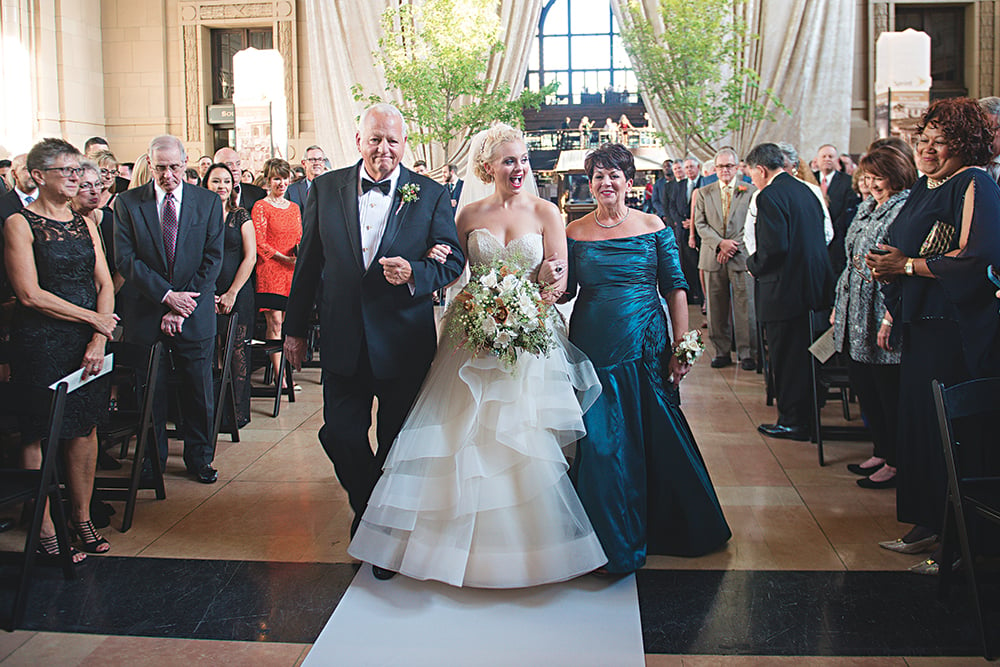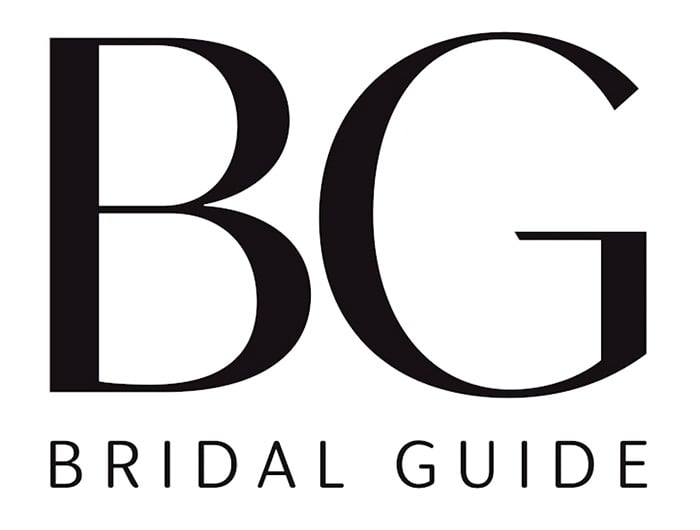If Mom and Dad are divorced, you’ll want to read up on how to avoid family drama throughout the big day.

Photo Credit: Keith Wilson Photography
As if wedding etiquette weren’t tricky enough! Bring divorced parents into the mix, and you've got sticky situations galore. Here, we discuss some typical problems, and offer a few solutions. Of course, every family is different, so feel free to improvise.
Take Your Seats
Problem: "My divorced parents don’t get along at all, and I have no intention of seating them anywhere near each other during the ceremony. What advice can you give me?"
Solution: At a typical wedding, the first few rows of seats are reserved for close family members, with parents in the front row, grandparents and siblings in the second row, and so on. If the relationship between your parents is tense, traditional wedding etiquette states that the parent to whom you happen to feel closest — let's say it's your mom — would sit in the front row, while your dad would be seated in the third or fourth row (with your stepmother, if he has remarried).
Here Comes the Bride
Problem: "My stepfather feels more like a father to me than my real dad, and I’d like him to walk me down the aisle. Is there a way to do this without hurting my dad?"
Solution: This is a tough one. To avoid hurting your dad's feelings, consider these other possibilities: If your "fathers" get along well, perhaps they can both walk you down the aisle, one on each arm. If there's friction between the two, your stepfather might walk you halfway down the aisle to your dad, who can then escort you the rest of the way to your groom — or vice versa.
Well Received
Problem: "Both my fiancé's parents and my parents have divorced and remarried. Who should stand in the receiving line to meet and greet our guests?"
Solition: If everyone wants to participate, here's a sample lineup: bride's mother, bride's stepfather, groom's step-father, groom's mom, bride, groom, bride's stepmother, bride’s father, groom’s father, groom’s stepmother. Too long? It's okay to simply include your biological parents, or to forgo the tradition altogether. Many couples prefer to visit each dinner table during the reception as a less formal way to thank everyone.
Dancing Dos and Don'ts
Problem: "My fiancé wants to have a mother/son dance. Am I expected to only have a father/daughter dance? Can I also dance with my mom, who basically raised me?"
Solution: You’re under no obligation to have a traditional father/ daughter dance. Instead, you might include both your parents, with separate dances and songs for each of them. Or (our favorite option), choose one tune for a "parent dance." Start out with Dad, then, halfway through the song, switch to your mom.
Photo Phobia
Don’t worry: You don’t have to round everyone up for that "one big, happy family" photograph if your parents don't get along or if you're not particularly fond of a stepparent. But you should meet with your photographer ahead of time to discuss the types of photos you want and which members of your family should be included. A professional photographer is sure to have dealt with divorced family situations and can probably offer some expert advice on how to handle potential problems.
As for that sticky question "Does my obnoxious stepparent have to be in the photos?" — the answer is yes. Leaving a step- mother you dislike out of your wedding photos, for example, is bound to hurt her — and your dad's — feelings and affect your relationship with them. So, have some shots taken of you and your groom with your father and stepmother. Your dad will have a keepsake, and both of them will appreciate your generosity.







